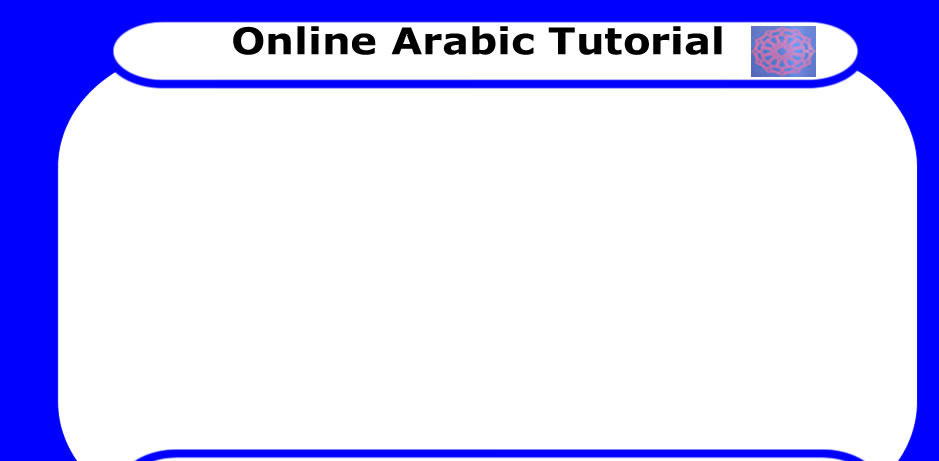






 |
||||||||
 |
 |
|||||||
 |
 |
 |
 |
|||||
Lesson 3.2 (page 1 of 2)
Unlike the numbers from 3-10, which are followed by a plural noun, the numbers from 11-1000 must be followed by a singular noun. In formal Arabic, you will see nouns following numbers 11-99 written with ![]() ending.
ending.
| Trans | Number |
Sound | ||
| aHada-‘ashar |
11 |
|||
| ethanaa-‘ashar | 12 |
|||
| thalata-‘asahar | 13 |
|||
| arba’ata-‘asahar | 14 |
|||
| khamsta-‘asahar | 15 |
|||
| settata-‘asahar | 16 |
|||
| sab’ata-‘asahar | 17 |
|||
| thamanyata-‘asahar | 18 |
|||
| tes’ata-‘asahar | 19 |
|||
| ‘eshrun | 20 |
|||
| wahed wa ‘eshrun | 21 |
| Trans | Number |
Sound | ||
| ethnaane wa ‘eshrun |
22 |
|||
| thalaatha wa ‘eshrun | 23 |
|||
| thalaatun | 30 |
|||
| arba’un | 40 |
|||
| kamsun | 50 |
|||
| settun | 60 |
|||
| sab’un | 70 |
|||
| thamaanun | 80 |
|||
| tes’un | 90 |
|||
| me’’a (meya) | 100 |